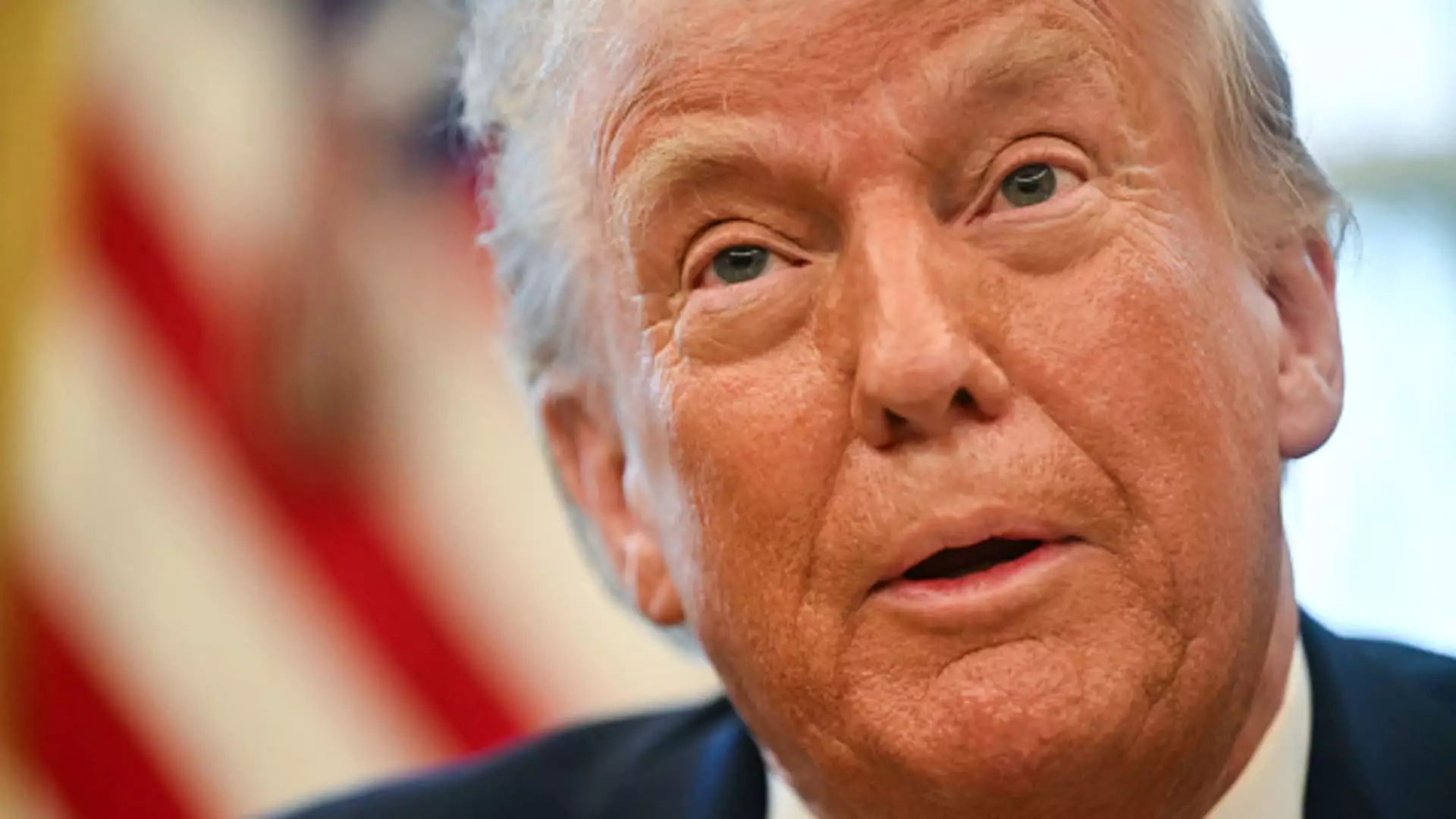Sovereign wealth funds (SWFs) serve as investment vehicles for nations, typically funded by revenues from natural resources, trade surpluses, or fiscal strategies. In a notable development, President Donald Trump has initiated plans to create a government-run SWF in the United States designed to bolster economic growth and potentially secure stakes in influential platforms like TikTok. While the concept of a sovereign wealth fund itself isn’t new, its applicability within the context of the U.S. economy raises several important questions about funding mechanisms, international competitiveness, and governance.
The proposed U.S. fund aims to target critical infrastructure projects such as airports and highways, thereby providing a much-needed boost to domestic development. U.S. Treasury Secretary Scott Bessent stated that the fund’s foundation would be established within the next year, suggesting an urgency for reforming how America invests in its future. Additionally, the fund could enhance the U.S. presence in strategic regions like Panama and Greenland—areas where economic influence is equally political. This multifaceted approach could substantiate claims of America’s commitment to global economic engagement, even amidst rising protectionism and trade wars.
Traditional funding practices for sovereign wealth funds have focused on leveraging natural resources or fiscal advantages that the U.S. does not possess at the same scale. Trump has proposed innovative funding methods, such as tariffs, to fill the coffers of this SWF. While tariffs may generate income, it’s crucial to evaluate their longer-term impacts on American businesses and consumers. Other nations successfully utilize diverse revenue streams, like taxes on natural resources and financial transactions, which could inspire policy development for the U.S. fund.
The proposed U.S. sovereign wealth fund aims to rival established funds from countries like Norway and China, which have amassed trillions in assets through prudent financial strategies. Norway’s sovereign fund, for instance, is renowned for its transparency and governance, focusing on diverse investments in global markets. In contrast, the U.S. fund’s potential introduction raises concerns about its effectiveness and governance frameworks. If the U.S. fails to implement strict rules governing transparency, there could be significant risks, including misallocation of resources and heightened chances for corruption.
While the initiative holds promise, it faces criticism on multiple fronts. Many analysts question the feasibility of establishing a SWF in an environment characterized by significant budget deficits. Concerns also arise about the potential for opaque decision-making processes that could lead to conflict of interest scenarios. Public trust will be paramount; without proper oversight, a U.S. sovereign wealth fund could become a target for misuse, undermining the very economic goals it seeks to achieve.
As discussions around the establishment of a U.S. sovereign wealth fund progress, it remains crucial to weigh the benefits against the significant challenges. If approached with a commitment to transparency and accountability, the fund might become a revolutionary tool for addressing essential infrastructural needs and enhancing economic globalization. However, without careful consideration of governance and funding strategies, this ambitious proposal may flounder in the complexities of American fiscal dynamics.

